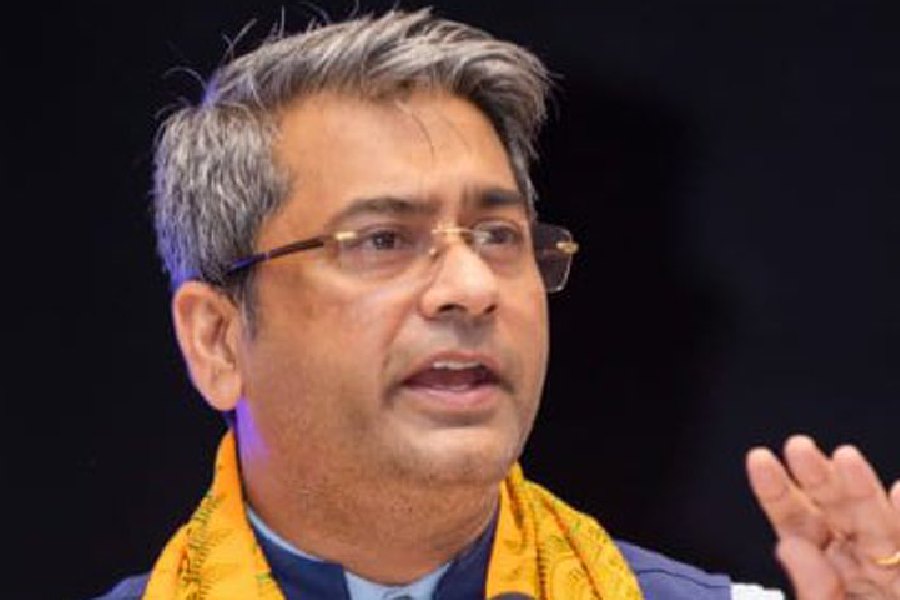The provisions of the budget, as they relate to banking have an interesting perspective in that they look backward and forward at the same time. They build on many of the policy dialogues and conversations going on for the last few years and propose measures that, when implemented, will leave lasting impact on the sector.
First, the macro picture: Implementing the Indian financial code, merging Sebi and FMC, extending SARFAESI coverage to NBFCs, a new bankruptcy code, a Bank Board Bureau to eventually set up holding and investment company for public sector banks, will all change the way banks and financial institutions do business.
None of this is creative thinking and it is actually remarkable that the government has taken up reform measures that have been in the public domain and gone through healthy debates over the last few years.
It augurs well for an implementation focus as opposed to putting more and more ideas in front of the industry without any sense of direction or timeline for implementation.
There is also some interesting rebalancing of power with setting up of the Financial Services Appellate Tribunal, Public Debt Management Agency, Financial Data Management Center and amendment to section 6 of FEMA to shift rule-making on cross border equities from the RBI to the government.
While this may, in some cases, increase the speed of decision-making or avoid conflicts, a lot of caution and care will need to be exercised with respect to the appellate tribunal.
Now, the detail: The most valuable and talked about "aam aadmi" and what it means for him vis-a-vis budget proposals on banking and finance. Just a day before, the economic survey made a delicious point by highlighting the JAM trinity (JDY, Aadhar penetration and mobile penetration), which has created ripe ground for direct benefits transfer and financial inclusion.
In the context of payments banks, the question that has cropped up most often is whether there is a business case? And my answer has always been that there is a time for every idea and it just seems like the time for the idea of "small". Add to the JAM the small insurance and pension schemes, the MUDRA Bank's capacity building of micro loans, the rebalancing of priority sector lending, the promise to incentivise non-cash transactions and the budget reinforces strongly the point of readiness of Indian banking system for taking banking to the next level and drive volumes that will justify costs and yield revenues and add to the well being of the common man.
• Kumar is leader-banking and capital markets, PwC India











